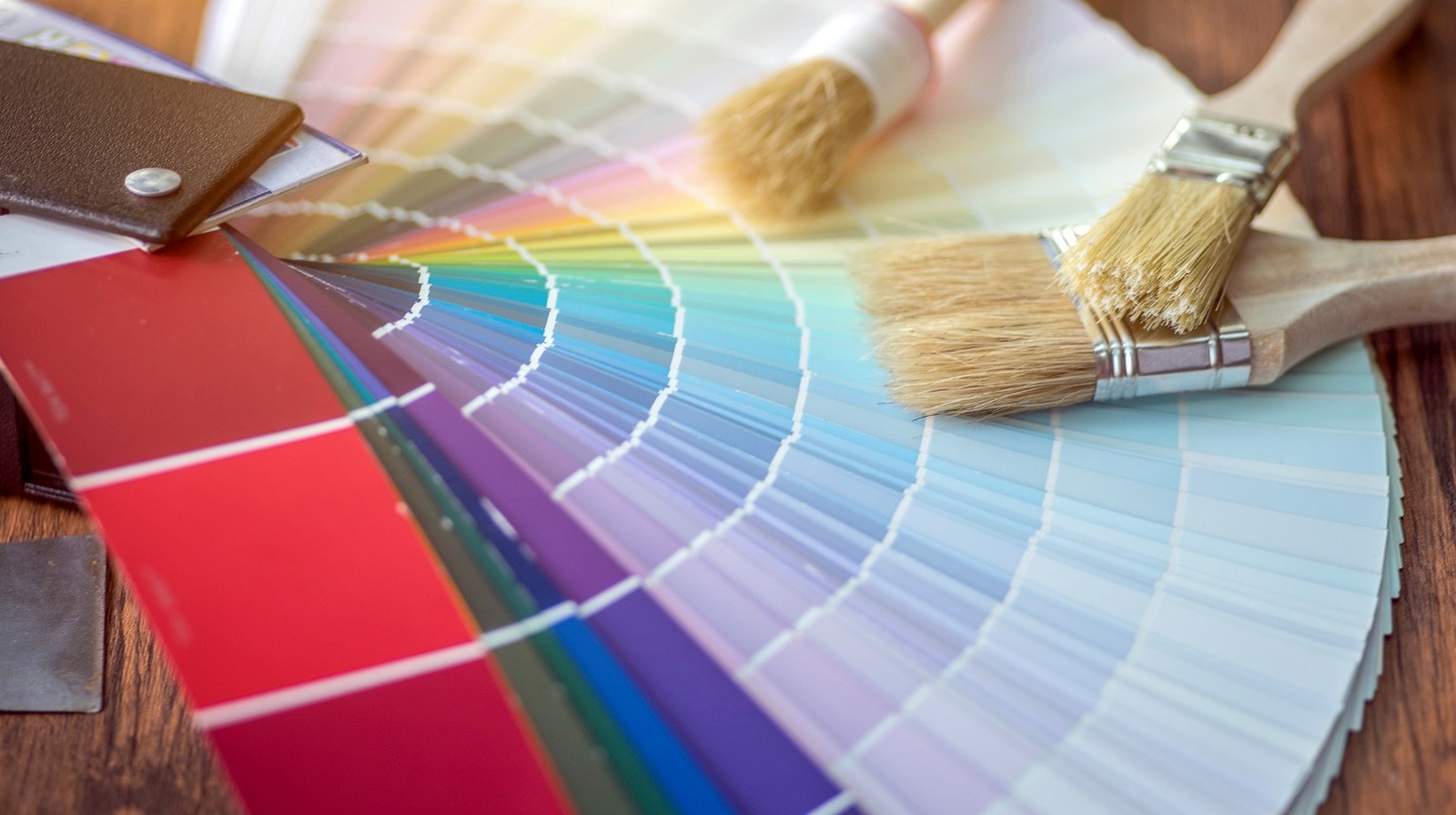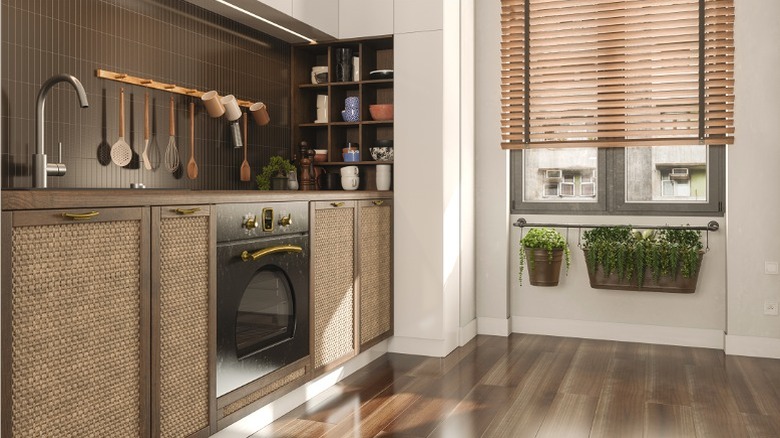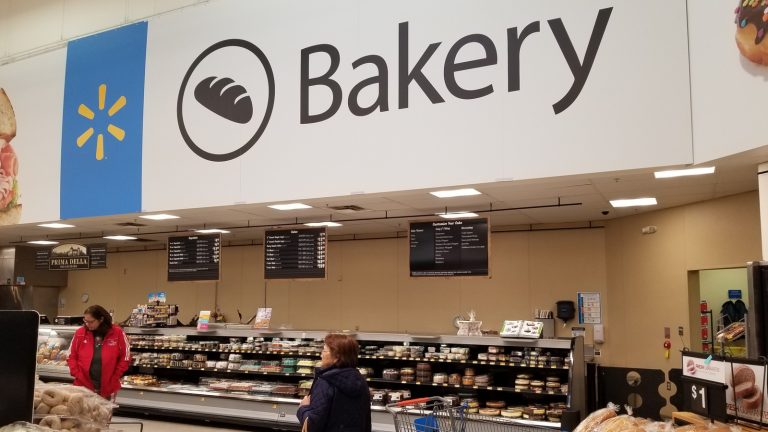Having a small kitchen doesn’t mean having a cramped kitchen. Some apartment and tiny home layouts have outdone the average full-size set in a large house, and it’s because some clever interior design can change your entire perception of a space. Think of the kitchen as a mosaic where each piece has a purpose — it’s hard to bring together the whole picture if there’s a detail out of place. Create the illusion of a larger kitchen by working from the biggest to the smallest elements, starting with the walls and floors.
The walls are the background everything is built from, so it’s best to go with a light, neutral color scheme. White and beige make the best wall colors because they reflect more light, brightening the room and casting away shadows. Bold wall colors can feel imposing, and they require a lot more finesse to incorporate into a space. Light, neutral hues create an airy, breezy effect.
The flooring should be slightly darker or more saturated than the walls, still falling into a neutral color scheme. For instance, white walls paired with a brown or gray floor tend to work best, as they mimic natural wood and stone elements. Neutral colors in the back also make the cabinets, furniture, and decorative items stand out.
Tiny kitchens need neutral walls and floors
White walls and warm, gray-brown floors made of ceramic or luxury vinyl are a solid combination because they complement stainless steel appliances. This combination looks beautiful with granite or quartzite countertops, and it also suits marble or wood. Almost any standard cabinet color and finish works with this wall and floor combination, particularly cabinets in a cool color range. Dark, desaturated blues and browns add a nice contrast, while pale blues and greens help brighten the room.
You don’t have to “Millennial Gray” the whole space, but painting a tiny kitchen requires a “less is more” mentality. Keep the dominant color palette limited and neutral; otherwise, every single object and decoration has the potential to disrupt the flow you’ve established. Dark colors create a sense of mystery and intimacy, closing things in, and heavily saturated colors are an eyesore if not done correctly. Stick to lighter neutrals, reflective objects, and glossy finishes so that the space appears to expand rather than contract.






